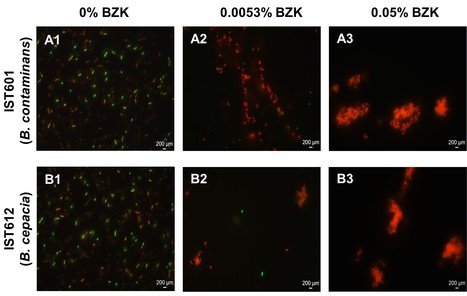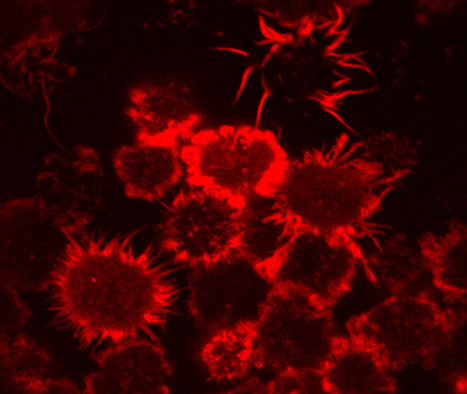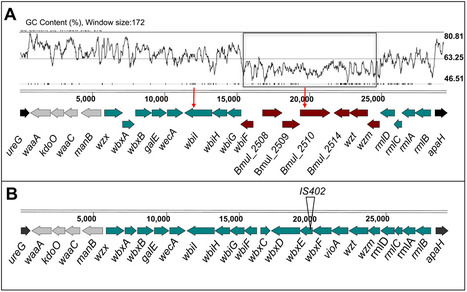
The Burkholderia cepacia complex (Bcc) bacteria are feared contaminants in pharmaceutical industries and cause nosocomial outbreaks, posing health threats to immunocompromised individuals and cystic fibrosis (CF) patients. In this study, the adaptation and survival of B. cepacia and B. contaminans isolates was investigated after long-term incubation in nutrient depleted saline solutions supplemented with increasing concentrations of the biocidal preservative benzalkonium chloride (BZK), recreating the storage conditions of pharmaceutical products. This study just published in the section Biosafety and Biosecurity of Frontiers in Bioengineering and Biotechnology is co-authored by several members of Isabel Sá-Correia team from iBB/BSRG. This study reveals mechanisms underlying the prevalence of Bcc bacteria as contaminants of aqueous pharmaceutical products containing BZK, which often lead to false-negative results during quality control and routine testing.



 Your new post is loading...
Your new post is loading...









